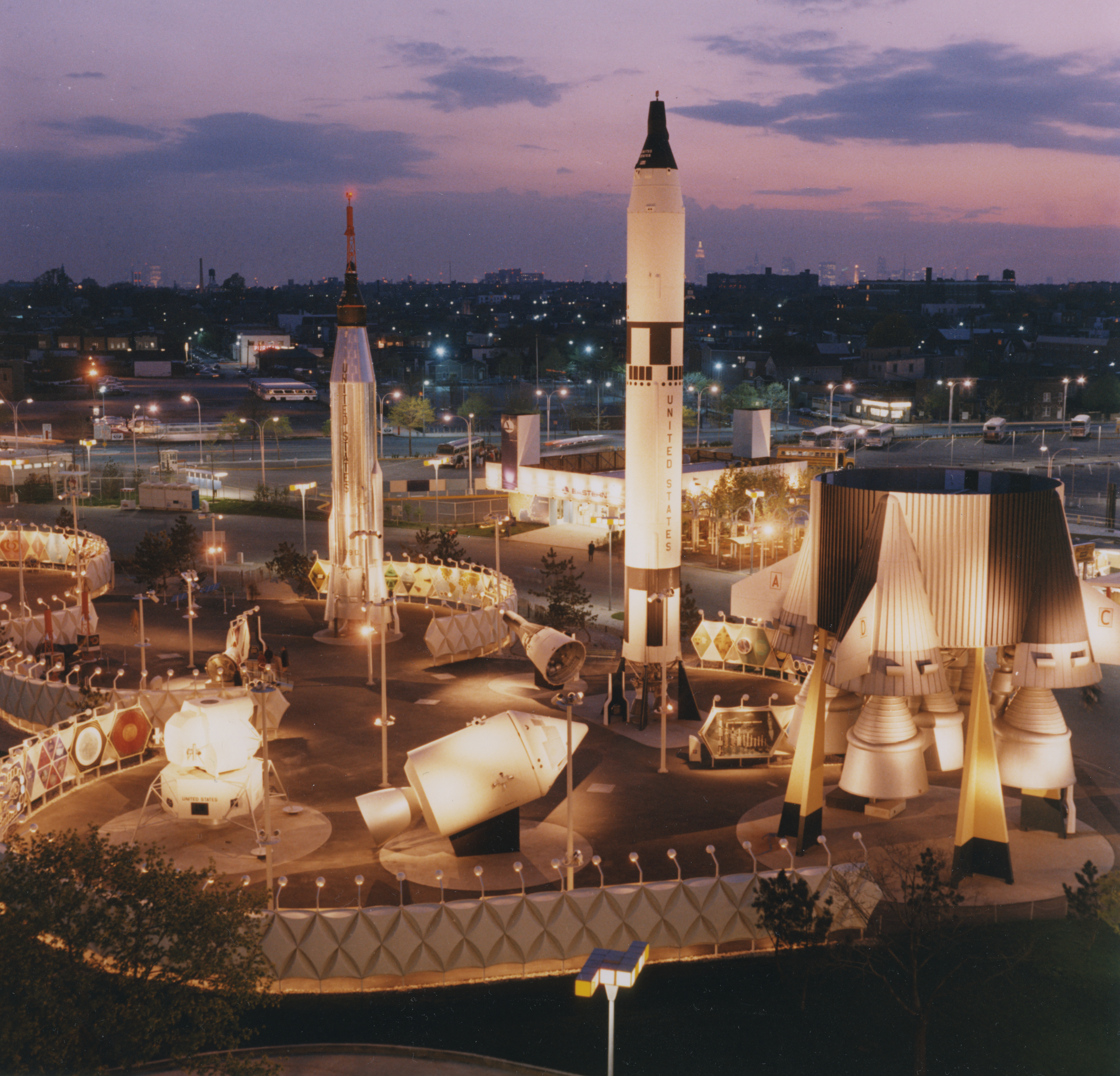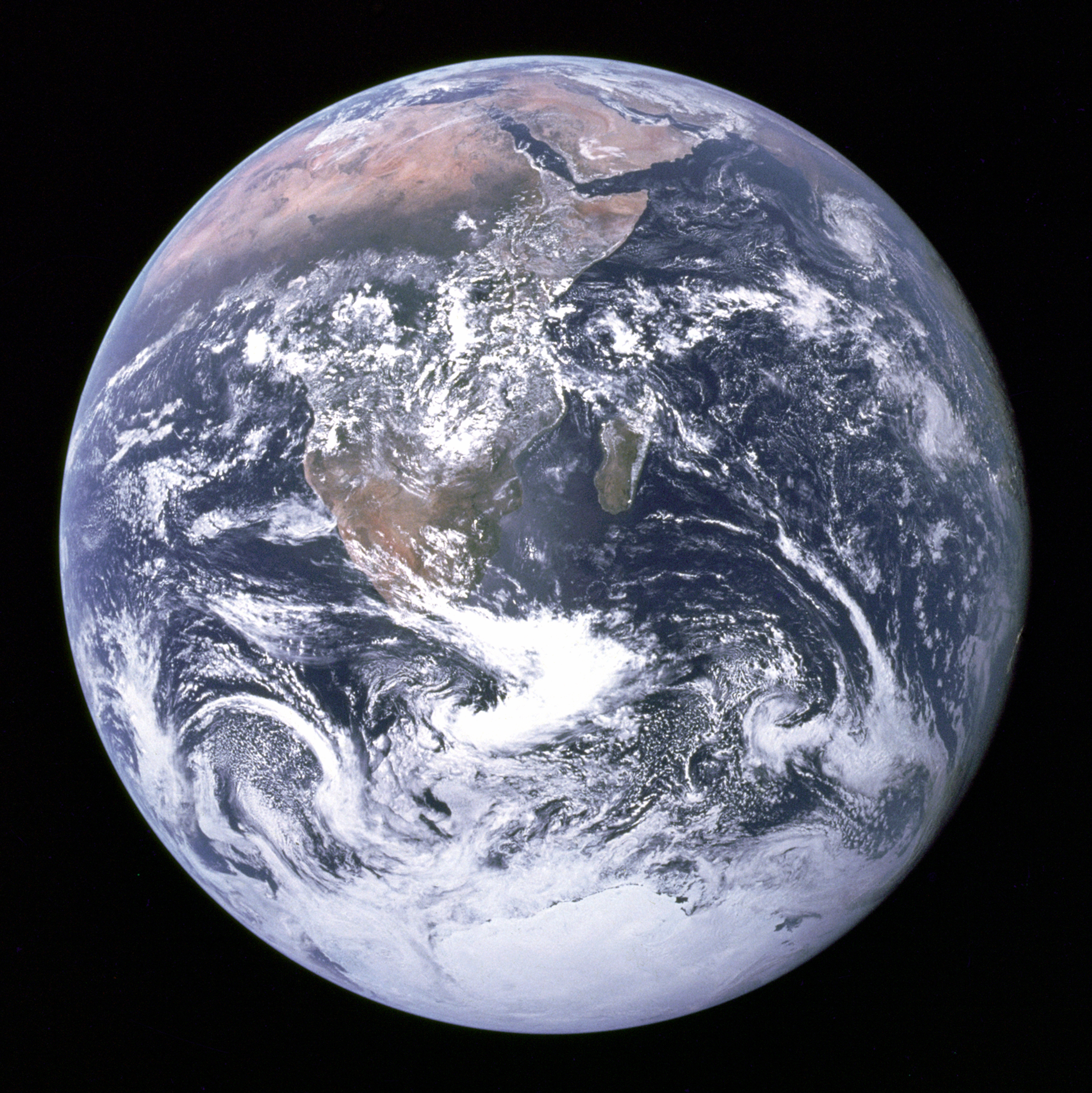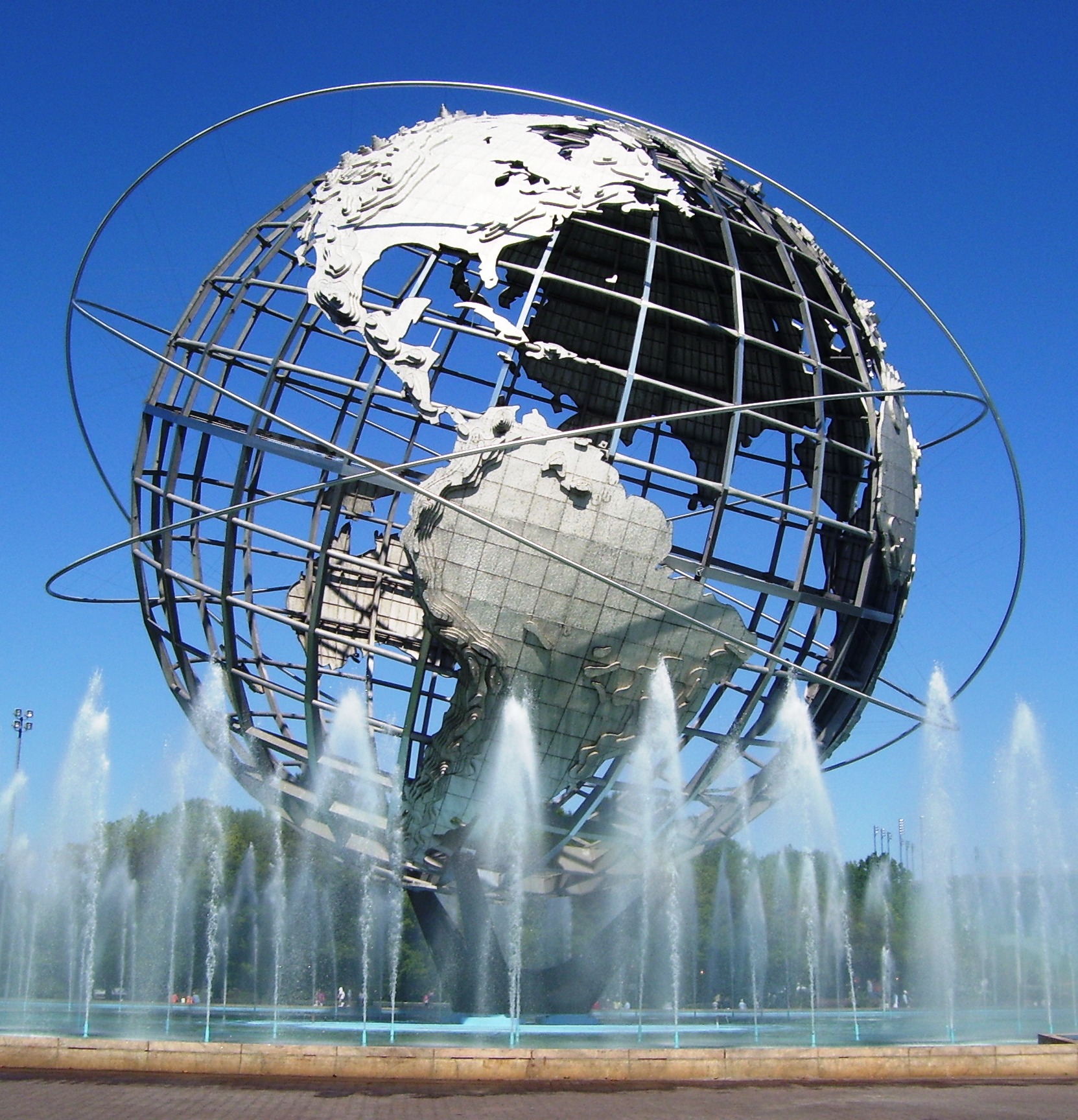New York World's Fair (1964-1965
Enlarge text Shrink textThe 1964 New York World's Fair (also known as the 1964–1965 New York World's Fair) was an international exposition at Flushing Meadows–Corona Park in Queens, New York City, United States. The fair included exhibitions, activities, performances, films, art, and food presented by 80 nations, 24 U.S. states, and nearly 350 American companies. The five sections of the 646-acre (261 ha) fairground were the Federal and State, International, Transportation, Lake Amusement, and Industrial areas. The fair's theme was "Peace through Understanding", and its symbol was the Unisphere, a stainless-steel model of Earth. Initially, the fair had 139 pavilions, and 34 concessions and shows. The site had previously hosted the 1939 New York World's Fair. In the 1950s, several businessmen devised plans for a similar event in 1964, and the New York World's Fair 1964 Corporation (WFC) was formed in 1959. Although U.S. president Dwight D. Eisenhower approved the fair, the Bureau International des Expositions refused to grant it formal recognition. Construction began in late 1960, and over 100 exhibitors signed up for the fair over the next three years. The fair ran for two six-month seasons from April 22 to October 18, 1964, and from April 21 to October 17, 1965. Despite initial projections of 70 million visitors, just over 51.6 million attended. After the fair closed, some pavilions were preserved or relocated, but most of the structures were demolished. The fair showcased mid-20th-century American culture and technology. The sections were designed in various architectural styles. Anyone could host an exhibit if they could afford to rent the land and pay for a pavilion. There were several amusement and transport rides, various plazas and fountains, and at its peak, 198 restaurants that served dishes such as Belgian waffles, some of which were popularized by the fair. There were more than 30 entertainment events, 40 theaters, and various music performances. Exhibitors displayed sculptures, visual art and artifacts, and consumer products such as electronics and cars. The contemporaneous press criticized the event as a financial failure, although it influenced 21st-century technologies, and popularized consumer products such as the Ford Mustang.
Read more on Wikipedia >
 Meeting
Meeting























